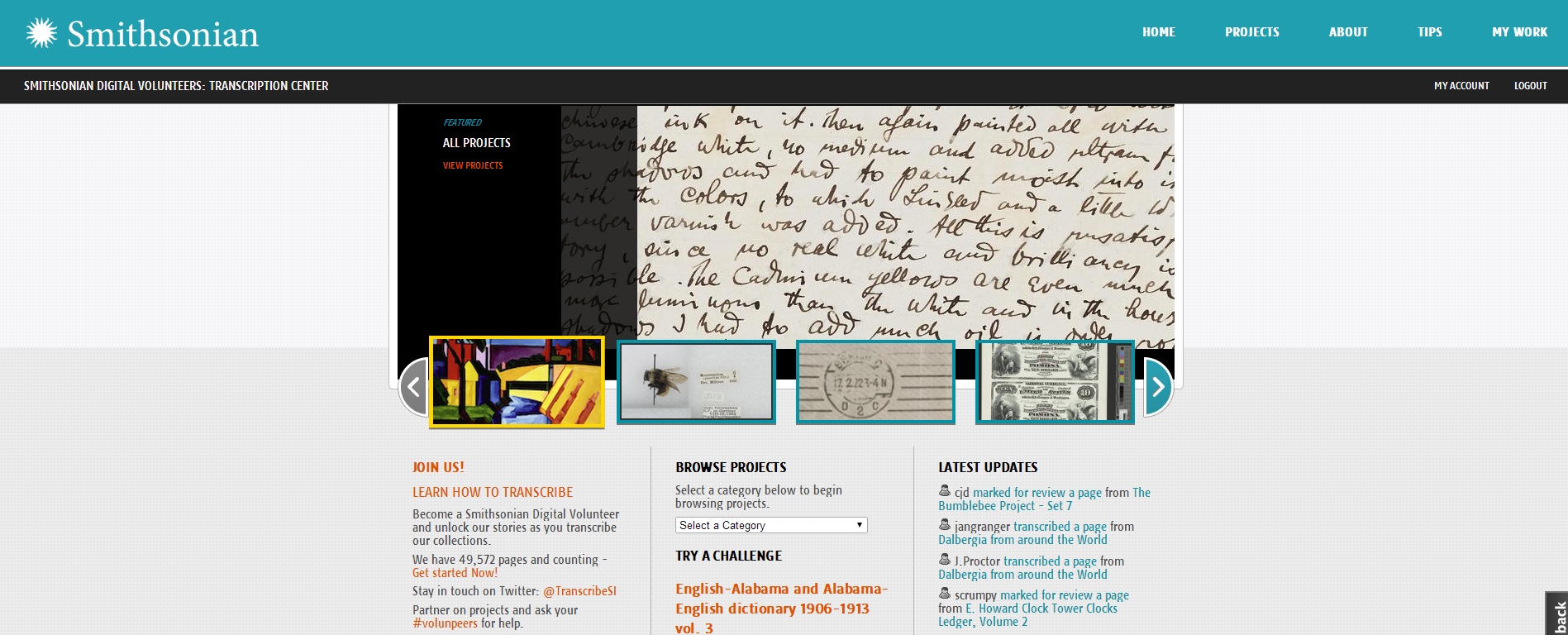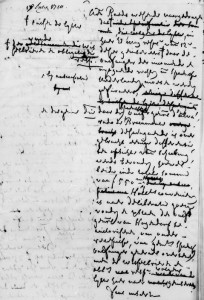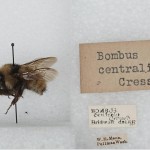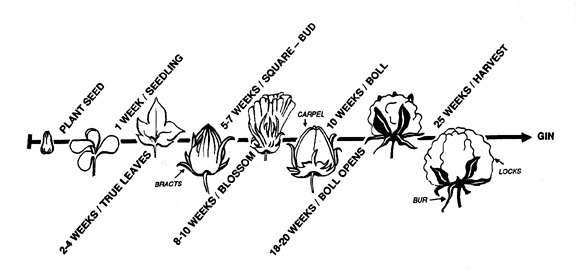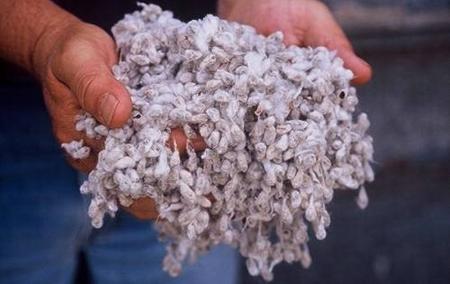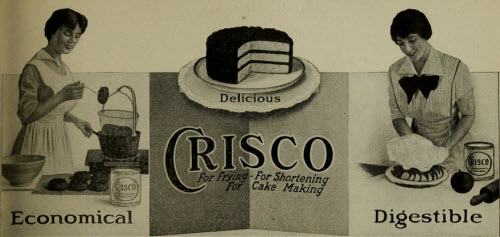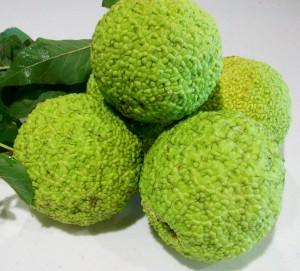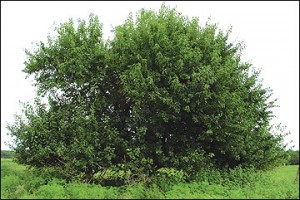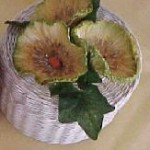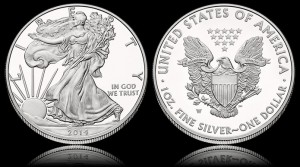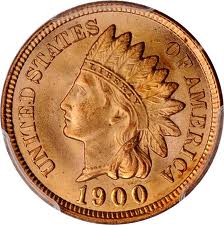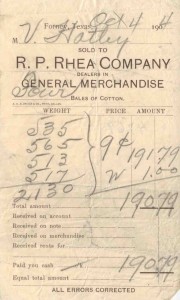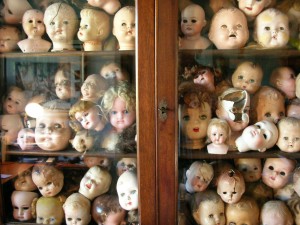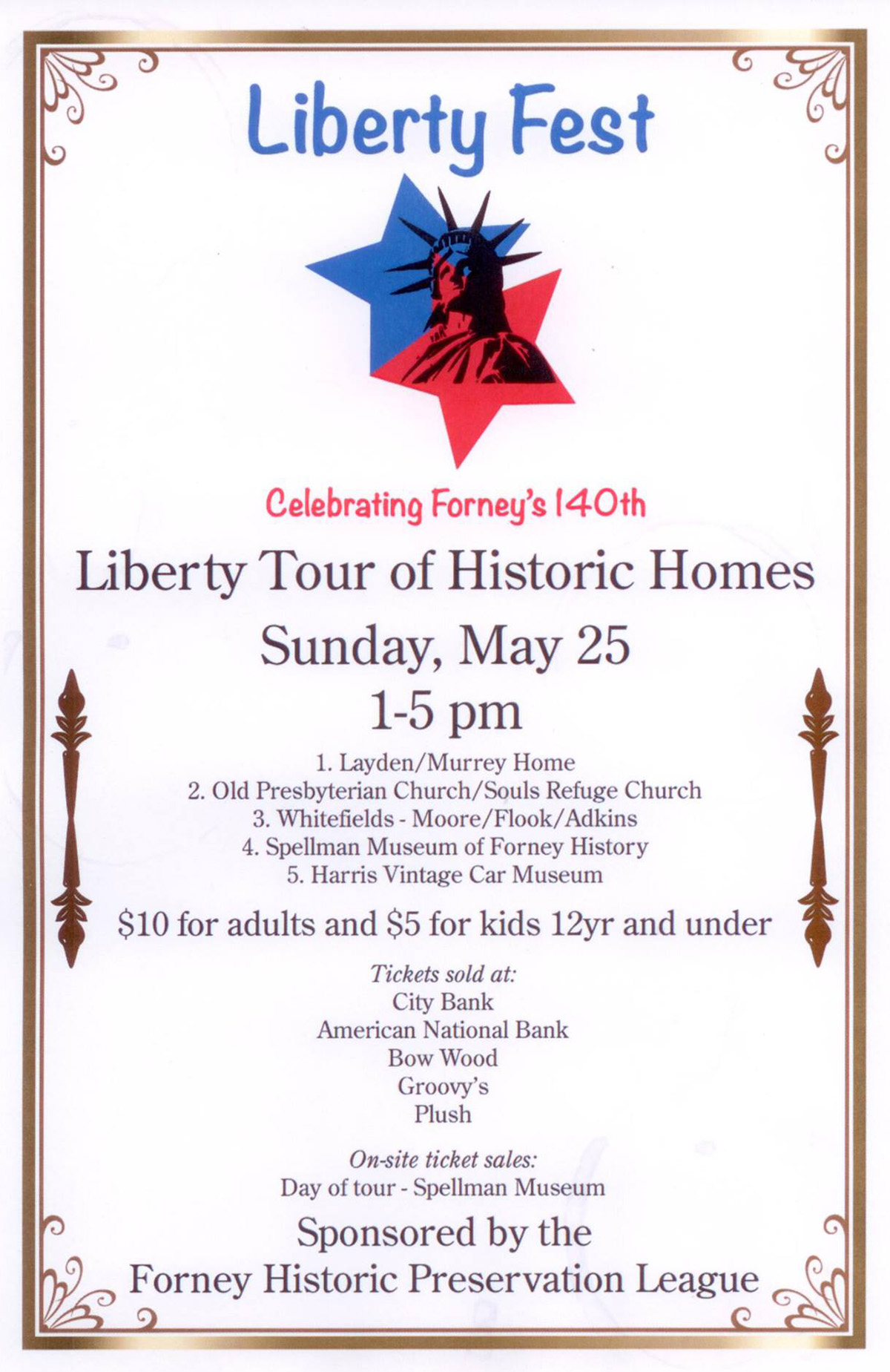Have you ever wanted to work or volunteer at the Smithsonian? Maybe read some of the diaries or documents in their collections, see original sketches of patents or experimental designs, or view the field notes of leading botanists or lepidopterists in their own hand? Well, here’s your chance to do all of those and more without ever leaving the house. The Smithsonian has a program called Digital Volunteers which focuses on transcribing the millions of documents in the collections of the Smithsonian and its partner institutions.
This is the website:
The main goal of this initiative is to make the collections more accessible. Transcription and data entry enable original documents to be searchable and machine-readable. A scan or a photo of a document posted online doesn’t necessarily make that document useful. Researchers need a way to find out if that document contains information they are looking for, be it a name, a place, or a topic. Transcription makes the whole text available to researchers and also preserves the content of the document in case the original is damaged or destroyed. Transcription also serves to preserve original documents by making them available in a digital format, thus limiting the number of people handling them.
Another way transcription preserves historic documents, as listed on the “About” section of the website, is to make them more readable “for future generations as practices like cursive handwriting are less emphasized in school”. That sentence makes me a little sad. I understand that students type papers instead of writing them by hand, thus making penmanship seem more quaint and less necessary. But has it become so utterly obsolete that students can’t even read cursive handwriting anymore?
(Disclaimer: I have had personal struggles trying to read 19th century missives or census ledger entries that contain exceedingly flourished capitals and leading s’s. So I sympathize to a certain extent. Still, I think students should be able to read and write, not just type and text. Don’t even get me started on emoji. But I digress.)
I’ve spent a little time as a Digital Volunteer myself. The website lets you browse projects by theme or by institution. Lately I’ve seen mostly natural history journals and field notes, but there are also business ledgers, journals, and a numismatic collection. You can even transcribe the small labels identifying individual bumblebee specimens in the United States National Entomological Collection. There is something for everyone, and transcribing a document you find interesting certainly makes the work more enjoyable.
There’s a “Tips” page with transcription basics and specific how-to’s for the more technical documents. Volunteers simply click on a page, transcribe, and click finish, at which point it is sent to a peer reviewer then eventually a Smithsonian staff member for approval. You do not have to register or log in, but unregistered users must complete captcha codes with each page submission.
It takes a little while to get the hang of it as there is some basic coding involved ([[underline]] or [[strikethrough]]), and some of the natural history collections in particular contain scientific names of plants or animals and foreign place names. One of the helpful hints provided is to include [[good guess]] or [[?]] when you can’t make out a word. You can also save a transcription to let someone else complete it if you get stuck. The project is crowdsourced with many, many contributors doing the work.
Visit the website if you want more information or to try your hand at transcribing a page. As I mentioned, some are easier than others. Remember when you’re doing online research of historical documents or old newspapers for school, work, genealogy, or general amusement, someone had to transcribe those documents, too. There aren’t enough hours in the day (week, month, year) or workers on staff for museums to complete all of these tasks themselves, which is why we so much appreciate help from volunteers like you.
Speaking of volunteers, the Preservation League will have a table at the Volunteer Fair which is part of the Forney Arts Council’s 2nd Saturday on September 13th. See their website or facebook page for more information.
Don’t forget to visit us on facebook, too!
Thanks,
Kendall


